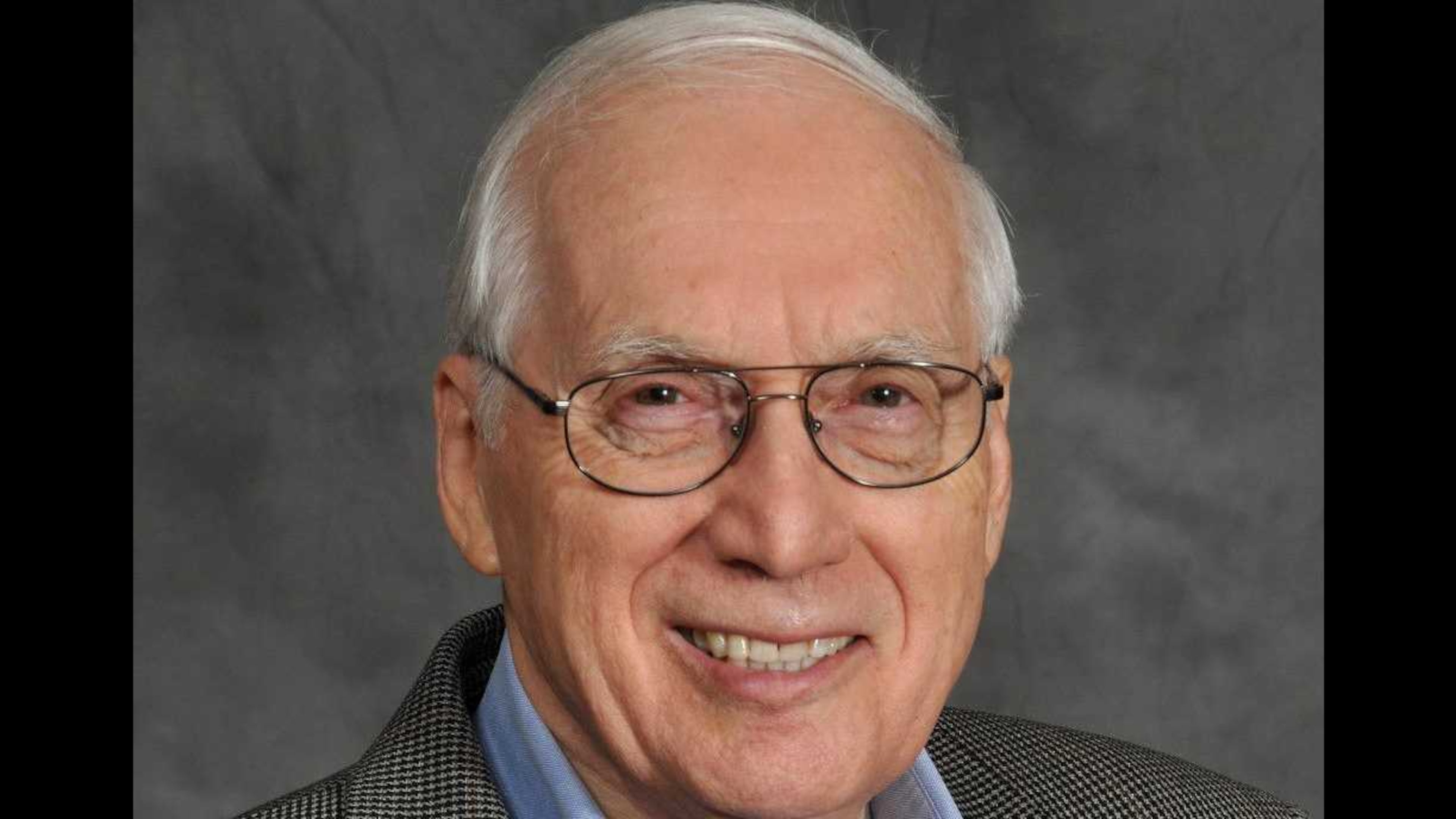For 62 years, he’s advocated for public schools. And he’s not giving up.

Despite the rise of the American high school in the first half of the 20th century, the prevailing tenet was that most students weren’t capable of high-level thinking. They didn’t need to be for the farm, factory and mill jobs awaiting them.
That changed with the Cold War and the race to space. In 1956, a White House study committee warned, “Schools now affect the welfare of the United States more than ever before in history, and this new importance of education has been dangerously underestimated for a long time.”
Education is still being underestimated, and we still don’t believe all students are capable, said Gene Bottoms, who has spent his 62-year career in education asking high schools to expect more of students. At 85, he’s not giving up, proven by his latest book, “Tomorrow’s High School: Creating Student Pathways for Both College and Career.”
The practice of labeling and sorting students by perceived academic ability has relegated many Georgia students, including students of color and poor kids, to what Bottoms calls “the shallow end of the middle and high school curriculum, wading through low-level academic and career pathways toward low-paying careers or to jobs that simply no longer exist.”
A consultant with clients around the country, Bottoms now lives in Cherokee County, where he began his education career as an eighth grade teacher. He’s been a principal, a school improvement leader in the Georgia Department of Education, executive director of the Association for Career and Technical Education and senior vice president of the Southern Regional Education Board, where he led the nation’s largest school improvement network. His “High Schools That Work” program has been used in 2,000 high schools in 30 states over three decades.
While viable career options exist for young people who don’t want a four-year college degree, those jobs increasingly demand strong academic depth. “There are good jobs available to them, but what it takes to get those jobs — the requirements of the workplace — are continuing to rise,” said Bottoms, whose resume is almost as long as his book.
Bottoms supports high school career, technical, and agricultural education programs, but not the way that many schools use them — funneling lower-performing students into vocational pathways and math and English classes that lack the rigor of what’s taught in college prep classrooms down the hall.
Whether students are bound for Georgia Tech or community college, Bottoms argues they need to be taught at a much higher level and in concrete ways that relate to real-world problems. He’s helped develop courses that enable students to connect their hands and their heads and draw on their academic and technical skills. All of the projects — designed, assessed and refined by teams that include career-tech and academic teachers — demand a solid core in science, technology, engineering and math.
For example, Advanced Technology for Design and Production asks students to design an automatic system to maintain proper volumes of liquids in tanks before shipping and storage. It demands research, construction of a prototype, a cost-benefit analysis and a demonstration to an audience that includes STEM experts.
Bottoms doesn’t minimize the work and commitment necessary to replace weak career-tech programs with high-quality ones. He cites Camden County High School in southeast Georgia as a success story. With 41% of its enrollment classified as low-income, the high school boasts a 92.12% graduation rate, according to the Governor’s Office of Student Achievement, which last awarded the school an overall A grade.
Bottoms shared the school’s improvement journey, starting in 2006 when Principal John Tucker, now superintendent of Camden County schools, instituted a series of reforms to ensure college- and career-ready graduates. The key, said Bottoms, was that Tucker didn’t just ask students to do more, but also staff and himself, including tutoring for teens not on track to pass either college- or career-readiness benchmarks. And the school shored up its career counseling and advisement system.
It’s not that Camden County High or any school he’s worked with over six decades does everything right, said Bottoms. But they are willing to try and regroup, if necessary. Too many schools remain locked into rigid tracking of students, said Bottoms, failing to believe ability is malleable.
Bottoms has made a habit of asking students which teachers bring out the best in them. The answers, he said, are always uniform: “They care. They will not let you loose until you get it. They give assignments that make sense, that are challenging and complex, that don’t bore us to death, and enable us to develop our own interests and aptitudes and discover what we like to do.”

